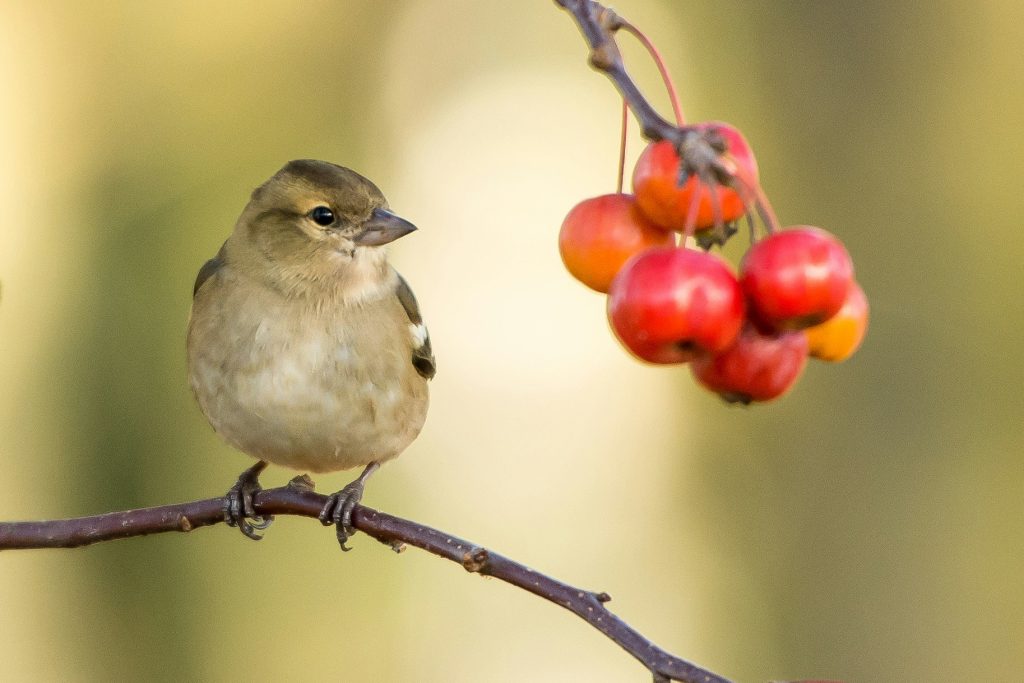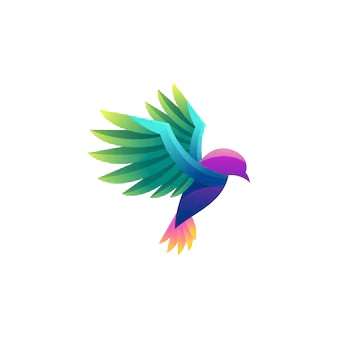
Birds communicate in various ways, and understanding their body language can help you better care for and bond with your feathered friend. Here are some common bird behaviors and what they typically mean.
1. Fluffed Feathers
What It Means: Birds often fluff their feathers to regulate their body temperature or to relax. However, if your bird is fluffed up for long periods, it may be a sign of illness.
Tips:
- Observe if the fluffing is accompanied by other symptoms like lethargy or lack of appetite.
- Ensure your bird’s environment is comfortable in terms of temperature.
- Consult a veterinarian if you suspect illness.
2. Tail Bobbing
What It Means: Mild tail bobbing can be a sign of excitement or activity. However, excessive tail bobbing while your bird is at rest can indicate respiratory issues.
Tips:
- Check if the tail bobbing is paired with labored breathing or other signs of distress.
- Ensure the cage is free from drafts and keep the air quality good.
- Seek veterinary advice if tail bobbing persists.
3. Beak Grinding
What It Means: Beak grinding is a sign that your bird is content and ready to sleep. Birds often grind their beaks as they settle down for the night.
Tips:
- Provide a calm and quiet environment for your bird to rest.
- Ensure the cage is in a safe and comfortable location.
4. Wing Flapping
What It Means: Wing flapping can indicate that your bird is excited, stretching, or trying to get your attention. It’s often seen when they are eager to come out of the cage or interact.
Tips:
- Offer out-of-cage time and interactive play sessions.
- Ensure your bird has enough space to exercise its wings within the cage.
5. Head Bobbing
What It Means: Head bobbing is a common behavior in many birds, especially during feeding or when trying to attract attention. In young birds, it can be a sign of hunger.
Tips:
- Observe the context of the head bobbing to understand the specific need.
- Ensure your bird is fed on a regular schedule and has access to food and water.
6. Tail Fanning
What It Means: Tail fanning, where the bird spreads its tail feathers, can be a sign of aggression, excitement, or courtship behavior. It’s often seen in larger parrots and during territorial displays.
Tips:
- Approach with caution if tail fanning is paired with aggressive postures.
- Provide enrichment activities to channel energy positively.
7. Eye Pinning
What It Means: Eye pinning, where the pupils dilate and constrict rapidly, can indicate excitement, curiosity, or agitation. It’s a behavior commonly seen in parrots.
Tips:
- Gauge the overall body language to determine if the bird is excited or stressed.
- Offer toys and activities to engage your bird’s interest.
Final Thoughts
Understanding your bird’s body language is crucial for building a strong bond and ensuring their well-being. By paying attention to these common behaviors, you can better meet your bird’s needs and foster a happy, healthy relationship.
